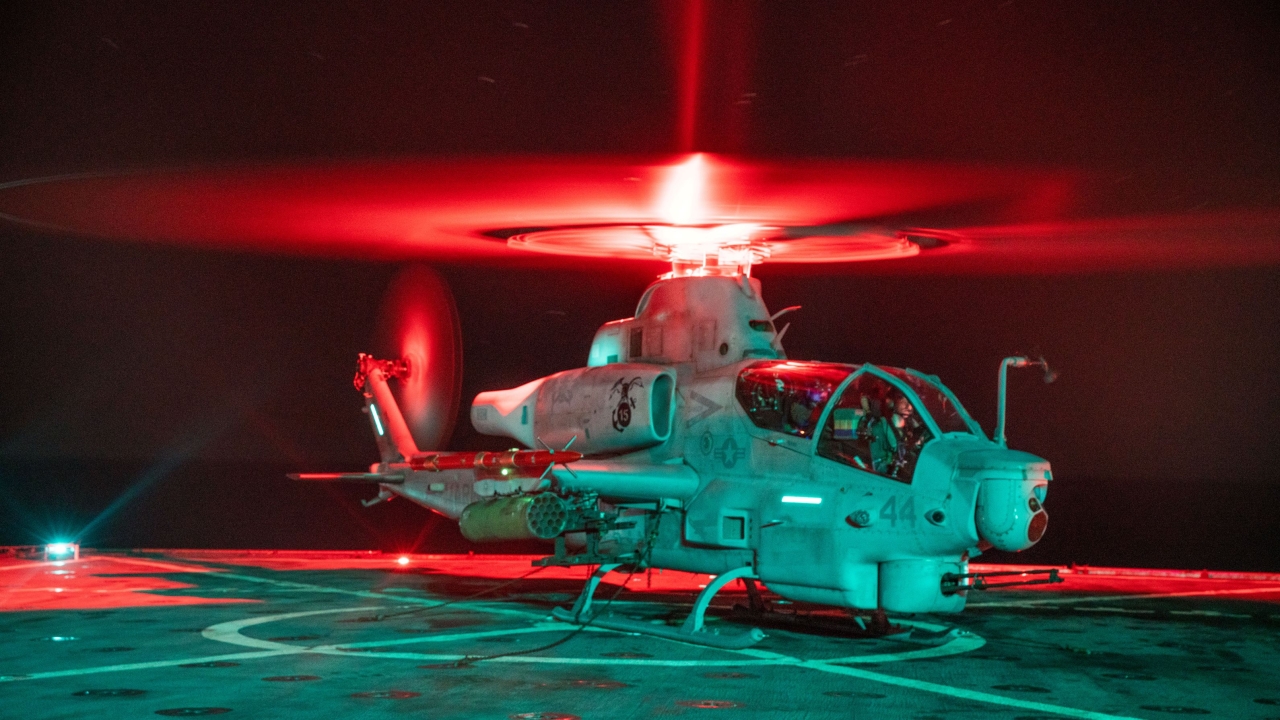Tanzania takes delivery of new helicopters
Tanzania is understood to have taken delivery of four Airbus Helicopters Cougar and Super Cougar transport helicopters, writes Jon Lake.

Tanzania reportedly ordered two H215M Cougar and two H225M Super Cougar helicopters in 2017.
One of the latter was spotted during its ferry flight, arriving at Valencia’s Manises Airport on the morning of September 6 2018, having flown there from the Airbus plant at Marignane.
The aircraft flew on to Faro, Portugal on September 7, and then to Gran Canaria a day later.
The final destination was Dar-es-Salaam Air Base – an enclave of Julius Nyerere International Airport, where the aircraft joined the Tanzania Air Force Command’s helicopter squadron.
The aircraft was delivered wearing a French ferry registration (F-WWOT), with the Tanzanian registration 5H-TAF taped over. It wore Tanzanian national insignia and the legend ‘Tanzania Air Force’ on the tailboom.
It was painted light grey overall, like the French Armée de l’Air H725 Caracals, but lacked the air-to-air refuelling probe and exhaust suppressors used by these aircraft, although it was fitted with full emergency flotation gear, and may also feature extra-long-range fuel tanks.
Whereas Tanzania has acquired most of its fixed-wing military aircraft from China in recent years, it has chosen to acquire western helicopter types, turning to Airbus Helicopters to replace its ageing Agusta Bell AB205A-1s and AB412EPs when these were retired in 2015. These were replaced by Airbus Helicopters H155 (EC155B1) Dauphin helicopters.
The 11 metric tonne H225M has a range of 700nm and can carry up to 28 personnel in cabin seats, or up to 14 troops on energy-absorbing wall-mounted seats. The helicopter has two large sliding cargo doors, which allow for rapid deplaning.
For cargo transport missions, the H225M’s cabin floor can accommodate a substantial internal load, while up to 4,750kg can be carried on an external load sling.
The H225M is optimised for tactical transport, casualty/medical evacuation, combat search-and-rescue, and special operations missions. It has seen operational use in Lebanon, Afghanistan, Chad, the Ivory Coast, the Central African Republic, Somalia and Mali, and has also supported NATO-led operations in Libya.
Stay up to date
Subscribe to the free Times Aerospace newsletter and receive the latest content every week. We'll never share your email address.

